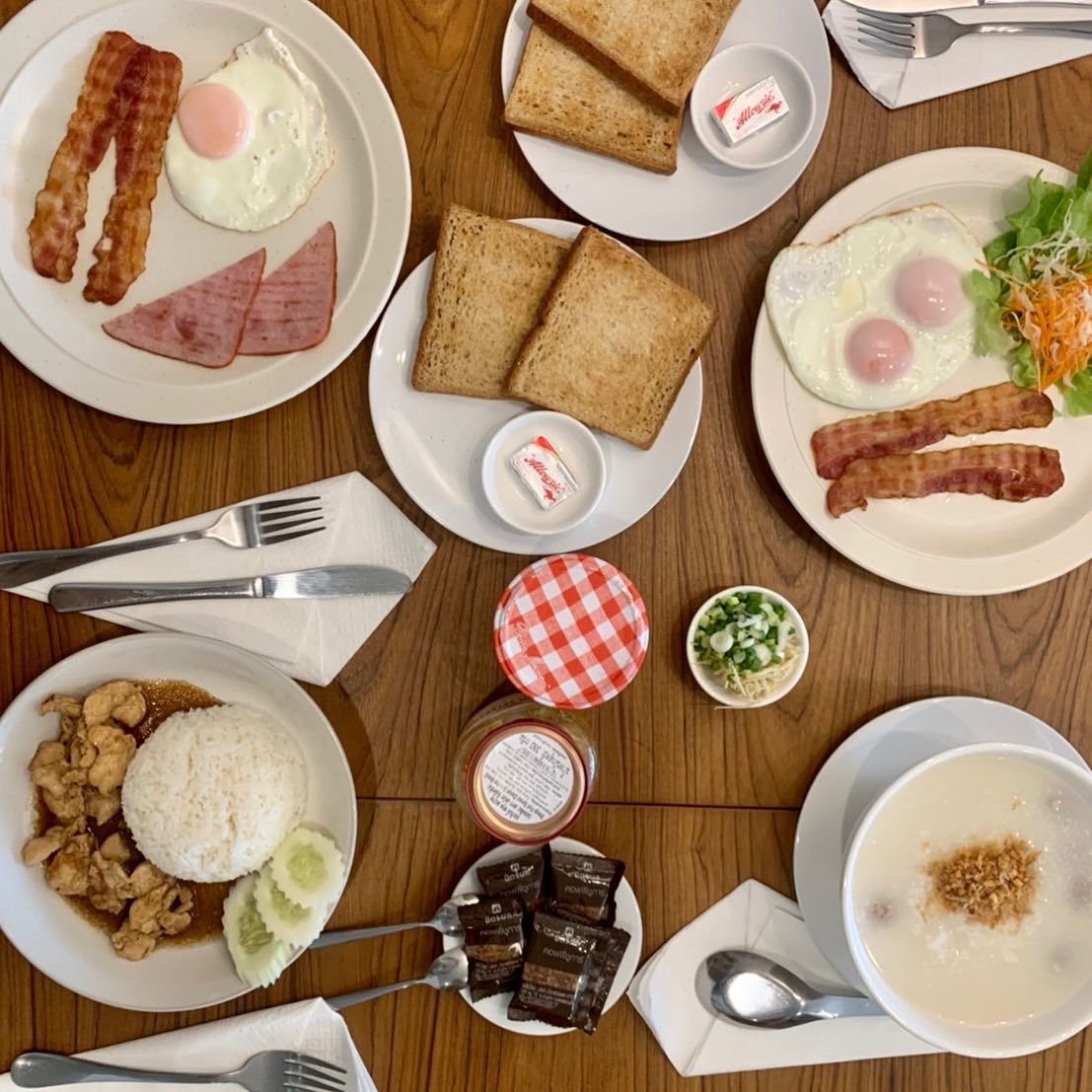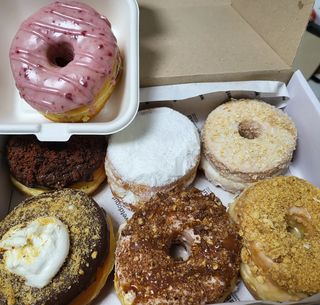Coffee is more than a drink—it’s an experience, a ritual, and for many, a daily indulgence. In today’s world, coffee houses have evolved beyond serving cups of espresso—they’re hubs for creativity, social interaction, and cultural connection. If you’ve ever dreamt of owning a coffee house, you’re not just opening a business; you’re creating a space where moments are brewed, friendships are forged, and memories are made.
But how do you go from imagining that perfect coffee aroma to running a thriving café? Let’s explore the rare, detailed roadmap to opening a coffee house that’s not only profitable but unforgettable.
Step 1: Discover Your Coffee House Identity
Before you pick a location or buy an espresso machine, define the soul of your coffee house:
- Audience first: Who are you serving? College students seeking a cozy study spot, office professionals looking for a morning boost, or tourists hunting for a unique local experience? Understanding your audience will shape your menu, ambiance, and marketing.
- Brand story: Your coffee house should tell a story. Are you eco-conscious, artisanal, tech-friendly, or a vintage retreat? Every detail—from furniture to cup design—should communicate this narrative.
- Unique edge: What will make your coffee house stand out? Perhaps it’s a signature drink, locally roasted beans, art exhibitions, or live music nights. Your edge should be something that guests can’t experience elsewhere.
Tip: Walk into 5–10 local coffee shops and note what feels missing. Your opportunity often lies in filling that gap.
Step 2: Craft a Bulletproof Business Plan
A coffee house may feel artistic, but it’s also a business. Treat it with the same seriousness as a tech startup:
- Market research: Study competitors, foot traffic, average prices, and customer behavior.
- Financial blueprint: Outline startup costs, monthly expenses, and realistic revenue projections. Include worst-case scenarios—unexpected repairs, seasonal dips, or ingredient shortages.
- Menu and pricing strategy: Balance quality and affordability. Remember, profit margins on coffee can be surprisingly slim, so every item counts.
- Marketing roadmap: Plan social media campaigns, loyalty programs, partnerships, and launch events.
Rare insight: Investors and banks are drawn to coffee houses with a clearly defined concept and realistic growth plans—being able to articulate why your café is different matters more than enthusiasm alone.
Step 3: Location, Location, Location
The old adage still holds—location can make or break a coffee house. Consider:
- Foot traffic: Proximity to offices, colleges, or tourist spots increases casual visits.
- Visibility: A corner spot or a location on a busy street attracts attention.
- Accessibility: Parking, public transport, and even pedestrian flow matter.
- Neighborhood vibe: The area should align with your brand story. A luxury minimalist café might feel out of place in a chaotic market alley.
Pro tip: Scout locations at different times of day to gauge actual traffic. Morning rush versus evening leisure patterns often differ drastically.
Step 4: Design Your Coffee Haven
A coffee house isn’t just about coffee—it’s about experience:
- Interior design: Comfortable seating, natural light, and a welcoming layout. Think of how your customers will feel: energized, relaxed, or inspired?
- Functional workflow: Baristas need space to work efficiently. Counter height, grinder placement, milk storage, and brewing stations should be optimized.
- Ambiance: Music, lighting, plants, and art all contribute. A cozy café can become a sanctuary; a modern café can be a productivity hub.
- Outdoor space: If possible, a terrace or sidewalk seating adds charm and visibility.
Unique touch: Consider small signature elements—handwritten menus, local art displays, or custom mugs—to make your café memorable.
Step 5: Invest in the Right Equipment and Ingredients
Quality is non-negotiable. A great coffee house starts with great tools:
- Espresso machine: Semi-automatic machines are ideal for precision, while fully automatic machines save labor.
- Grinders: Burr grinders are essential for consistent flavor.
- Coffee beans: Source locally roasted, high-quality beans. Experiment with blends and single-origin options.
- Other essentials: Milk frothers, blenders, French presses, pour-over kits, grinders, and refrigerators for dairy or plant-based alternatives.
Insider tip: Coffee quality can make or break first impressions. Never compromise on fresh beans, filtered water, or well-maintained equipment.
Step 6: Build a Menu That Tells a Story
Your menu should reflect your identity:
- Core coffee: Espresso, cappuccino, latte, americano.
- Specialty drinks: Signature creations or seasonal flavors—think saffron latte, cardamom cappuccino, or vegan chocolate chai.
- Food pairings: Pastries, sandwiches, and desserts enhance the café experience and increase average spend.
- Inclusive options: Offer plant-based milk, teas, and smoothies to attract a wider audience.
Rare insight: A small, curated menu often outperforms a sprawling one. Focus on consistency and mastery over quantity.
Step 7: Recruit and Train a Rockstar Team
Your team is the heart of your coffee house:
- Baristas: Skilled baristas who understand coffee science elevate your café.
- Customer service staff: Friendly, knowledgeable staff turn first-time visitors into regulars.
- Training program: Teach drink preparation, hygiene standards, customer interaction, and brand storytelling.
Pro tip: Hire for attitude first and skill second. Skills can be taught, but enthusiasm and alignment with your brand are harder to instill.
Step 8: Market Smartly and Build Your Community
Marketing is more than ads—it’s storytelling and connection:
- Brand identity: Cohesive logo, packaging, décor, and social media presence.
- Social media strategy: Instagram-worthy visuals, behind-the-scenes content, and interactive stories.
- Events: Coffee workshops, live music, or art exhibitions can create loyal communities.
- Loyalty programs: Reward repeat customers with discounts, free drinks, or exclusive perks.
Unique angle: Position your coffee house as a cultural space, not just a café. This creates an emotional connection that drives long-term loyalty.
Step 9: Manage Finances Like a Pro
Even the best coffee house fails without solid financial management:
- Startup costs: Renovations, equipment, inventory, licenses, and marketing.
- Operational costs: Rent, salaries, utilities, ingredients, and maintenance.
- Revenue tracking: Monitor popular items, peak hours, and seasonal fluctuations.
- Profit optimization: Upsell high-margin items like specialty drinks and merchandise.
Pro tip: Keep a cash reserve for unexpected expenses—coffee houses often face equipment breakdowns, supply delays, or seasonal revenue drops.
Checkout: The Best Coffee Shops for Working Remotely
Step 10: Launch, Iterate, and Grow
- Soft opening: Test your workflow, gather feedback, and tweak operations.
- Grand opening: Build hype with events, tastings, or local influencers.
- Continuous improvement: Listen to customers, analyze sales, and refine your menu or experience.
- Growth strategies: Consider merchandising, subscription models, or additional locations once your café is stable.
Read More: The Best Coffee Shops for a Quiet Escape
Final Thoughts
Opening a coffee house is more than a business venture—it’s crafting a space where culture, comfort, and community meet. Every cup you serve is a story, a connection, and a moment of joy for your customer. With careful planning, creativity, and passion, your coffee house can become more than just a café—it can become a beloved destination, a local landmark, and a daily ritual for countless coffee lovers.
Remember, great coffee is brewed over time, and so is a great coffee business.
FAQs About Opening a Coffee House
Startup costs vary widely depending on location, size, and concept. On average, a small café can start with $30,000–$50,000, while a premium or larger space may require $100,000 or more. Costs include rent, equipment, inventory, licensing, and marketing.
Not necessarily. Passion for coffee and customer experience is essential, but understanding finances, marketing, and operations is crucial. You can always hire consultants or take short business courses to fill knowledge gaps.
High foot traffic, visibility, accessibility, and neighborhood vibe are key. Think about your target audience and observe the area at different times of day to assess potential customer flow.
Absolutely. Independent coffee houses can thrive by offering a unique experience, personalized service, specialty drinks, and a cozy ambiance that large chains often lack. Community engagement and brand story matter more than size.
Profitability varies depending on costs, location, and marketing effectiveness. On average, a coffee house may break even within 12–24 months. Consistent quality, smart marketing, and operational efficiency accelerate growth.





